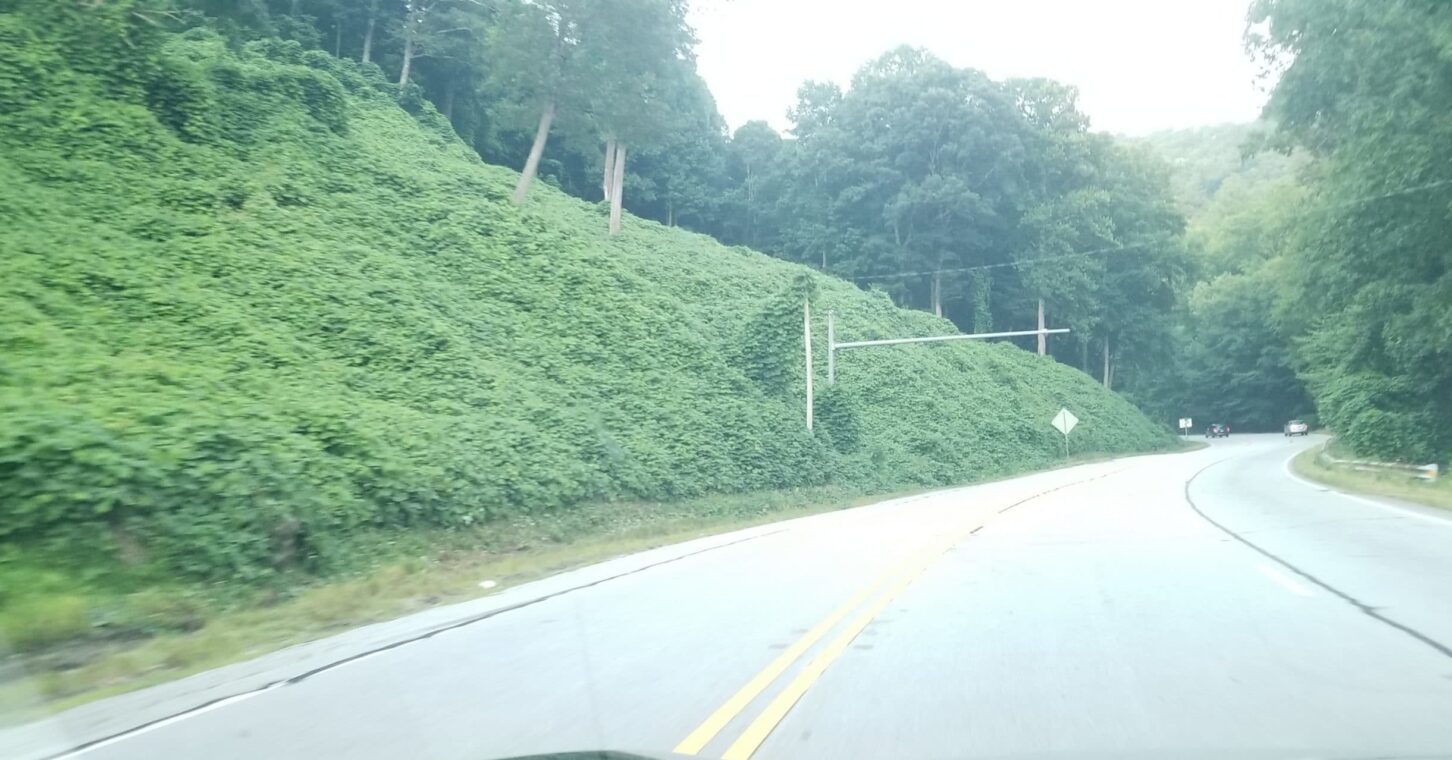
Sometimes, popular solutions to public problems morph into public problems. One enduring example is the exotic, iconic plant known to the South as kudzu. The federal government first promoted it – even subsidized it – then condemned it.
The “Dust Bowl” 1930s also saw millions of acres of cropland in the South badly eroded and continuing to erode. The newly created federal Soil Conservation Service encouraged farmers to plant kudzu – a perennial legume introduced from Asia in the 1870s as an exotic vine – on their eroded and gullied lands. Some farmers were paid as much as $8 per acre by the Service to do so.
By 1936, Federal Register documents classified kudzu as a “soil building crop” as opposed to “soil depleting crops” such as cotton, corn and tobacco. Register documents in the next year spelled out subsidies for planting kudzu, as well as for other soil-conserving crops. The kudzu subsidies continued until the 1960s.
It was not just government that encouraged planting of kudzu. Some prominent farmers and public leaders pushed it, not only for soil conservation but for grazing and livestock feed. In the 1940s and 1950s, writer Channing Cope would sing the praises of “King Kudzu” in The Atlanta Constitution and in morning radio broadcasts. He claimed it would replace “King Cotton.” He organized the Kudzu Club of America, which had 20,000 members in 1943 but lasted only a few years.
The kudzu craze was still alive in 1950, the year Congress approved a sale by Fort Benning of topsoil to Muscogee County for road building. One provision for reclaiming the land after soil removal was “to plant kudzu crowns on such area at the rate of five hundred to the acre.”
The kudzu tide began to turn in the 1950s. In that decade, the Soil Conservation Service removed kudzu from the list of cover crops for its Conservation Reserve Program. In 1970, the U.S. Department of Agriculture declared it a weed. In 1993, the Congressional Office of Technology Assessment concluded that kudzu accounted for annual losses to farm and timber production of $50 million per year. Finally, in 1998, kudzu was listed by the U.S. Congress as a Federal Noxious Weed.
Although kudzu fell from a wonderful crop to a noxious weed, numbers used to prove the point are just as noxious. Quoted acreages rarely cite a source for wide-ranging estimates. A 2011 U.S. Forest Service publication, “Southern Forest Futures Project,” reported that 3 million acres were planted in the South early in the 20th century, about one-third of those with federal subsidies.
The same publication reported that in 1997 the Southern region had about 2 million acres of kudzu, with about 227,000 acres on forested lands, and it estimated a yearly increase of 2,500 acres. In sharp contrast, the Forest Service reported in 2013, that “it’s estimated to occupy 7 million acres and covers 50,000 new acres each year!”
It is easy to impute malice to a popular scapegoat, and ecologists have done so with kudzu. An 2010 article published by the National Academy of Sciences declared, “Kudzu (Pueraria montana) invasion doubles emissions of nitric oxide and increases ozone pollution.” Its conclusion that production of nitric oxide, one of the chemicals that react to form ozone, was 100% higher from areas covered with kudzu, was picked up by at least 20 publications, including the Christian Science Monitor, the Los Angeles Times, BBC News, and even Georgia’s Augusta Chronicle.
So maligned is this iconic plant of the South that Time Magazine ranked it 34th in “The 100 Worst Ideas of the (20th) Century.” The Titanic was 37th and the Edsel was 38th.
Kudzu’s reputation was undeserved as “A Miracle Vine,” but also as “The Vine that Ate the South.” Its danger is in its publicity, not its daily existence. One logical question never asked or answered by any of the hundreds of articles about this “super invasive” plant is: “Why are Japan, China and other countries that grew the vine for thousands of years not over-run by it?”
© Georgia Public Policy Foundation.
Permission to reprint in whole or in part is hereby granted, provided the author and his affiliations are cited.